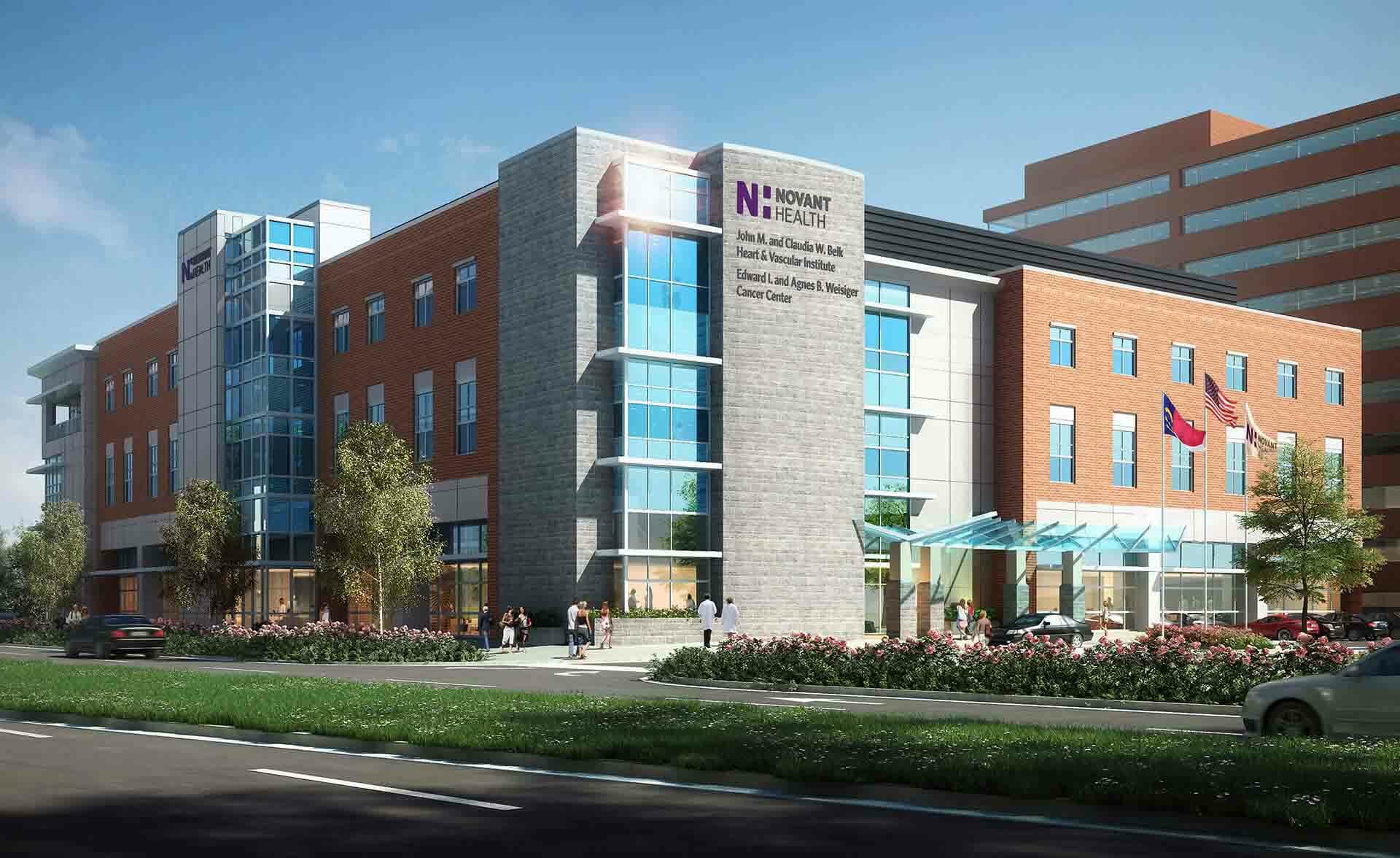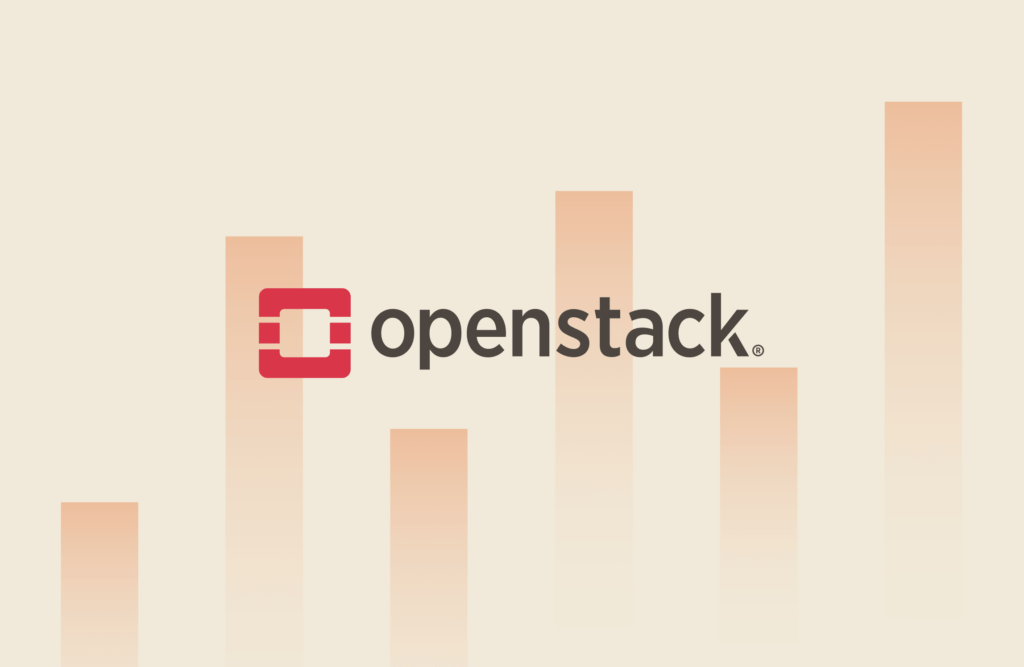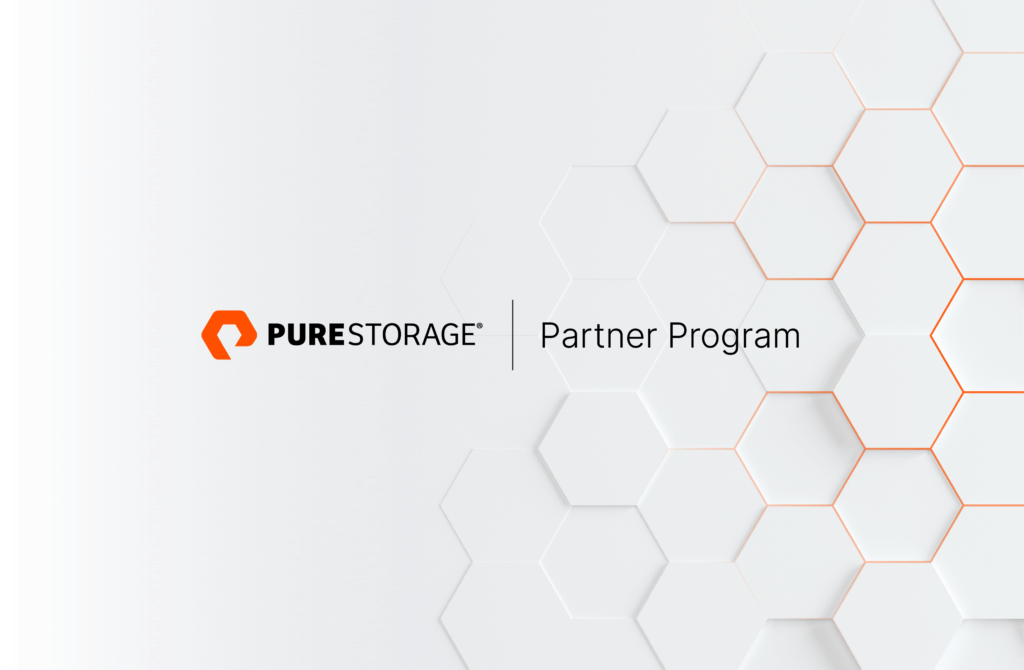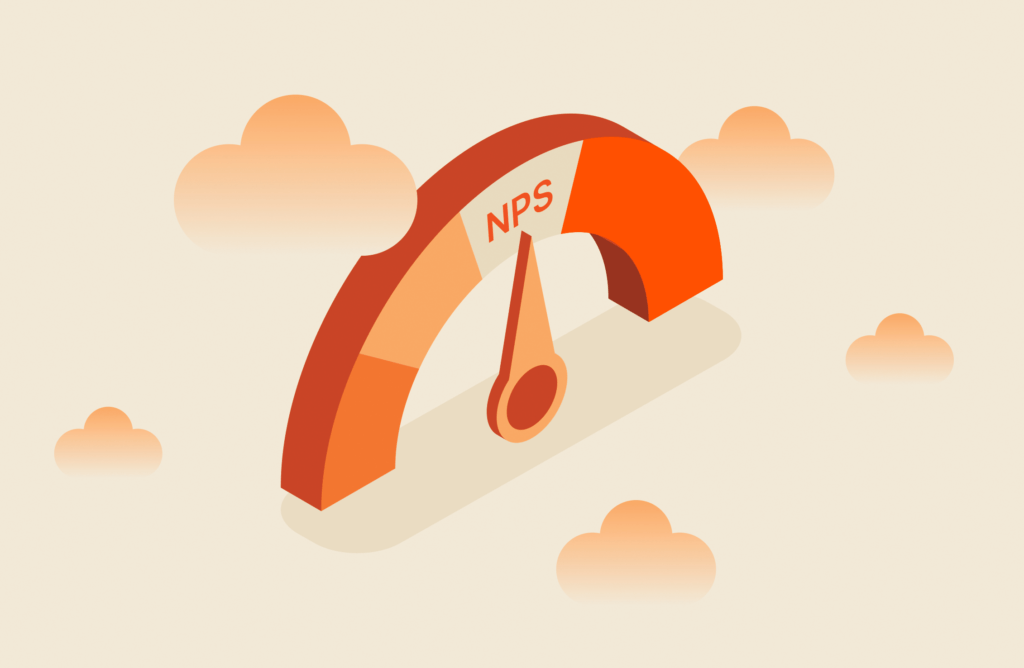For Novant Health, community health matters. And recently, that community has grown.
In addition to the 15 medical centers and hundreds of outpatient facilities it operates, Novant Health completed an acquisition that makes it the largest healthcare provider in the fast-growing southeastern region of North Carolina—bringing growth of another kind.
“We collect and analyze an enormous amount of clinical information to help enhance the patient experience, shorten hospital stays, improve health outcomes, boost caregiver productivity, reduce costs, and more,” says John Carlee, manager of enterprise data management at Novant Health. “Data is the engine behind our world-class clinicians, care, and technology.”
Scaling to accommodate growth was becoming an issue. All this data made for a large, complex storage environment that was constantly shifting and growing—and becoming increasingly difficult to manage. Moving large volumes of data was slow and unreliable. Provisioning was highly manual. Novant Health decided it needed to simplify, and that’s when it turned to Pure Storage®.
Getting to Clinical Insights Faster
Novant Health’s initial move to Pure was prompted by storage latencies in the extract, transform, load (ETL) process that pulls data from the Epic EHR system into Caboodle, Epic’s data warehouse, for reporting and analysis via Epic Clarity.
“Storage used to be one of our biggest challenges, but with Pure Storage FlashArray™, it has become a non-issue,” says Anthony Incardona, database administrator at Novant Health.
Incardona used to spend most of his time on data replication, monitoring the processes to make sure they didn’t fail—and starting all over when they did. Now, he relies on automated snapshots to replicate the data, and the process is faster than ever. Peak latency has dropped from 90 milliseconds to 1 millisecond, and a six-hour lag has shrunk to 30 minutes—which means people can access data at the start of each day.
“We had such incredibly good performance while keeping costs low that the rest of Novant Health started moving to FlashArray as well,” says Carlee. “Pure’s Evergreen Storage played a big role in that decision, providing what was by far the most cost-effective option while making non-disruptive upgrades possible.”
In fact, Novant Health has already doubled the storage capacity of its initial FlashArray with no downtime or performance hits and saved more than $1 million in maintenance costs. The added visibility that Pure1® provides lets the team plan ahead. All of this helps Novant Health deliver high-quality, affordable healthcare.
Data is the engine behind our world-class clinicians, care, and technology.John Carlee, Novant Health
Storage on Demand, When and Where It’s Needed
Today, Novant Health has migrated a significant portion of its data to Pure, including multiple critical applications. The high degree of automation associated with this shift is saving system architects a great deal of time and energy.
“In the past, it took a lot of time to determine how much capacity we needed, request it, and then wait for it to be provisioned,” says Jay Rogers, enterprise systems architect, VMware hybrid cloud strategy at Novant Health. “With Pure Storage, the whole thing is automated. I can set up storage for any application in 20 seconds.”
That means Rogers spends less time on infrastructure planning and more time on strategic work, with upcoming initiatives that include a major data center migration and the adoption of a new radiology system.
Simpler Storage Empowers Teams to Deliver
Simplifying storage had a far greater impact on Novant Health than it first expected. When the COVID-19 pandemic arrived, Novant Health suddenly needed its data more than ever. And its teams were ready to deliver. The DBA team moved quickly to support a new screening app—a critical tool for checking in patients and making sure employees are healthy enough to report to work.
To track the spread of the disease for county, state, and federal government agencies, the DBA team also helped create an hourly report, which includes test results, emergency department visits, hospital admissions, length of stay, and outcomes. That data is also crucial in scenario planning and modeling, helping hospitals prepare by buying the supplies and personal protective equipment (PPE) needed to treat patients effectively.
The VMware team was also able to respond quickly. “We needed to ramp up our servers to enable remote access to applications and got the entire thing done in three hours—something that would have taken more than a day in the past,” says Rogers.
None of this would have been possible if they were still consumed with manual tasks—“the blocking and tackling it took just to keep things running,” as Carlee says. The result is a health system that can react quickly to changing conditions and maximize its use of data to deliver high-quality, affordable care to more people than ever before.
[cta title=”Find More Case Studies” text=”Explore our library of case studies from customers across industries and around the world.” cta-text=”Go Now” cta-url=”https://www.purestorage.com/customers.html”]




